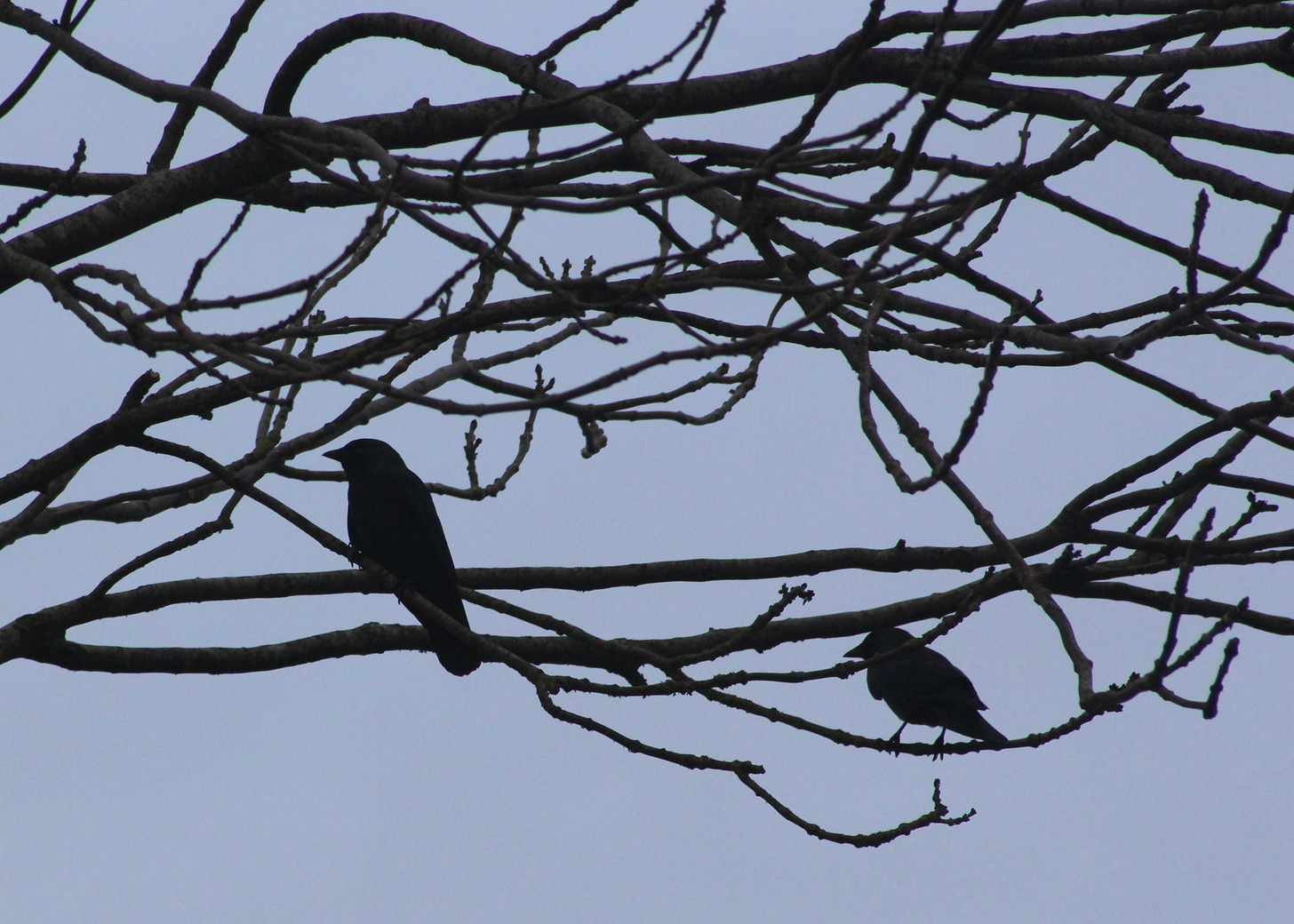In our last post, Freya Mathews described ontopoetics as ‘a way of talking about a communicative form of engagement with world’; she argues that ‘Reality is not only informed with meanings of its own but is disposed subtly to re-arrange itself, locally, in physical reconfigurations that creatively signal a response to our call.’ In this post we offer experiential evidence from our inquiries that give credence to this claim.[i]
A very strong theme in our inquires, in particular in the Sentient River group, is of repeated experiences in which animals and birds ‘turn up’ and participate in our ceremonies. These experiences parallel conclusions drawn by Graham Harvey in his review of reports by anthropologist Viveiros de Castro and others, that when indigenous people conduct ceremony, animals appear to join in.[ii] Similarly, Cheyenne activist and teacher Tiokasin Ghosthorse gives an account of a peace ceremony held at Auschwitz-Birkenau. He writes that as the pipe ceremony was offered, ‘I noticed the enormous flocks of birds, rabbits, and a small herd of deer… that had negotiated their way… between the barbed wire fences…”, remarking that ‘when Native people gather in a circle for ceremony, oftentimes others naturally gather as well.[iii] As Mathews puts it, ‘as soon as we start to observe the protocols again – by engaging in ceremonial forms of exchange with the wider community of persons, for example – those persons immediately respond, by turning up at our rituals or offering other “signs” of their attention.[iv]
Of course, we see many beings in the more-than-human world as we sit with our Rivers. Sometimes they are simply going about their own business with little regard for humans. But, far more frequently than by chance, they appear directly in response to invocation or simply to loving presence. There is a synchronicity and sense of surprise in these encounters – with Otter, Kingfisher, Swan, Fox, Crow, Deer; with Black Walnut, Yew, Hemlock and many others. We offer experiential narratives, drawn from accounts of inquiry cycles, as examples of these experiences.
Peter tells of his experience with Kingfisher on the River Avon
Peter’s narrative here.Kathleen, who has been ‘rewilding’ herself and the land she lives on in North Carolina, [v] experienced calling an owl into residence
Kathleen’s narrative hereJacqueline found herself singing with Dippers by the River Glen in Northumberland
Jacqueline’s narrative here.Luisa witnessed a White Egret dancing by Manzanares in Madrid in response to her invocation.
Luisa’s narrative here.On occasion, animals and birds appears to create a ceremony of their own in response to human presence, as showing in Ezekiel’s account of crows.
Ezekiel narrative here
As Freya Mathews writes in her post,
‘When I address the world by way of such a poetic frame of reference [and] the world responds to me… I cannot help but be smitten. The response of the world is unmistakeable in its poetic appositeness…’
This, too is our experience. We may react with surprise and ask ourselves, ‘Did this really happen?’; we may even wonder if we are making things up. But for all these sensible reflections, our experiences are often deeply felt and unassailably authentic. They have their own authority and offer intimations of a world quite different from the materialist, brute world into which we moderns are socialized. As an outcome, our metaphysical assumptions are radically re-arranged. It is evident that experiences of a sentient, responsive, communicative world are available not just to indigenous people living in traditional cultures, but to all human persons willing to put in the time, the attention, to risk their taken-for-granted sense of self, and to open themselves to that possibility.
Future posts will continue the exploration of the theory and experience of ontopoetics
[i] This post is in part adapted from Reason, P. (2023). Extending Co-operative Inquiry Beyond the Human: Ontopoetic inquiry with Rivers. Action Research. doi: https://doi.org/10.1177/14767503231179562
[ii] Harvey, G. (2017). Animism: Respecting the living world (Second ed.). London: Hurst and Company.
[iii] Ghosthorse, T. (2021). Nurturing Thoughts. In G. v. Horn, R. W. Kimmerer, & J. Hausdoerffer (Eds.), Kinship: Belonging in a world of relationships (Vol. 05 Practice, pp. 82-89). Libertyville, Ill: Centre for Humans and Nature.
[iv] Mathews, F. (2017c). Panpsychism. In G. Oppy & N. Trakakis (Eds.), Interreligious Philosophical Dialogues: Volume 1 (pp. 45-71): Routledge.
[v] Kathleen Wood is completing her PhD dissertation at California Institute for Integral Studies on ‘rewilding’ herself and the land she lives on in North Carolina.





I am all in on ontopoetics, and glad to have a name for what I so often experience. Thank you. I look forward to exploring the work of these writers.
Lovely to meet kindred spirits who know nature as brethren. Thank you for sharing, "Ontopoetic", that explains what I write about, too. Cheers from Wildlands!